#gino cervi
Explore tagged Tumblr posts
Text

#movies#polls#becket#becket 1964#becket movie#60s movies#peter glenville#richard burton#peter o'toole#john gielgud#gino cervi#paolo stoppa#requested#have you seen this movie poll
76 notes
·
View notes
Text
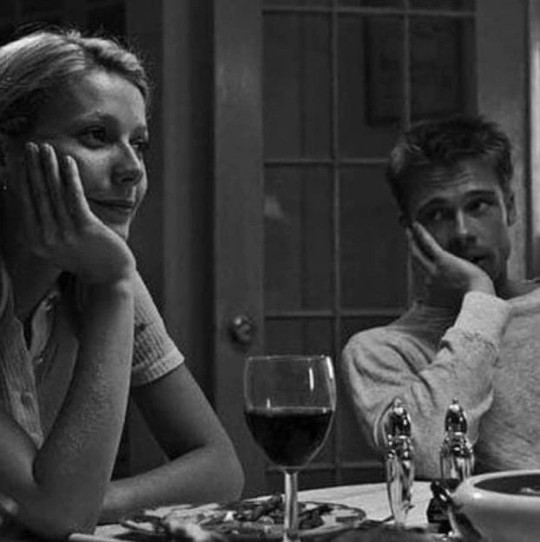
La più diffusa malattia degli occhi
è l'amore a prima vista.
Gino Cervi
116 notes
·
View notes
Text

Gino Cervi-Sylva Koscina "La batalla de Siracusa" (L´assedio di Siracusa) 1960, de Pietro Francisci.
9 notes
·
View notes
Text
Luigi Cervi - 1901-1974
Italian actor Gino Cervi joins that grand pantheon of actors who played Maigret.
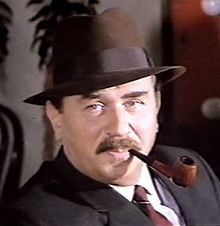

I know nothing else about this handsome man, and I've never seen him playing Maigret. He portrayed him with a moustache (and Simenon never specified whether Maigret had one or not). Pipe and moustache - a heady combination.
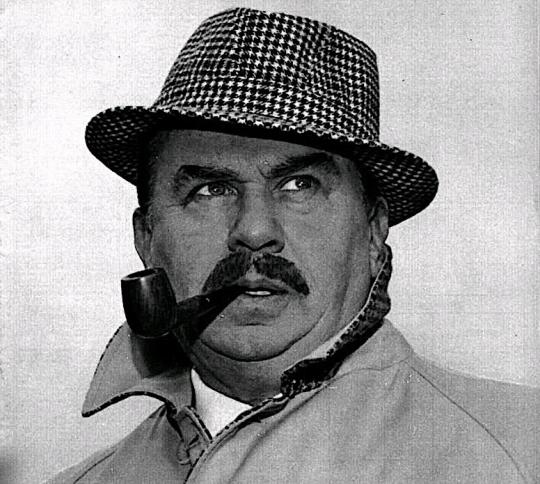

He does put me in mind a little of Michel Galabru (who I've posted before and will do again).
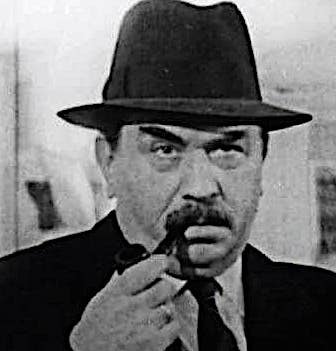
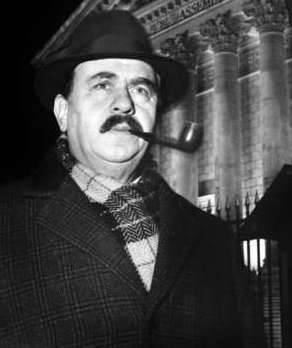
It's worth committing a crime just to get arrested by him.
21 notes
·
View notes
Text

Gino Cervi e Vera Dani nel film I Due Sergenti (1936) di Enrico Guazzoni
4 notes
·
View notes
Text

Since everyone knows this legendary pics, I decided that I need to draw some characters like this:

Namely Don Camillo and Peppone, because I'm still not over them lol
#don camillo and peppone#digital fanart#my artwork#don camillo#peppone#fernandel#gino cervi#Peppone has to suffer Don Camillo's bullshit
30 notes
·
View notes
Text

Prima serie RAI de " Le inchieste del commissario Maigret" con Gino Cervi e Andreina Pagnani
5 notes
·
View notes
Text
2 notes
·
View notes
Text


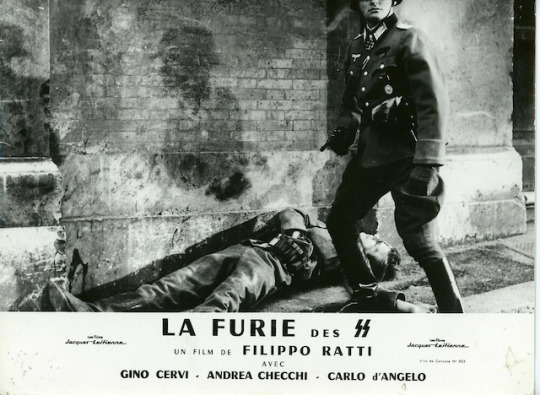
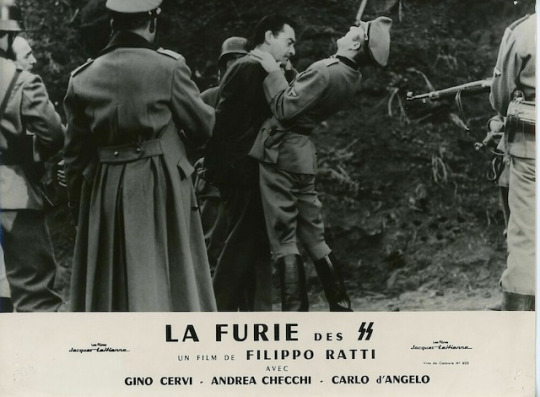

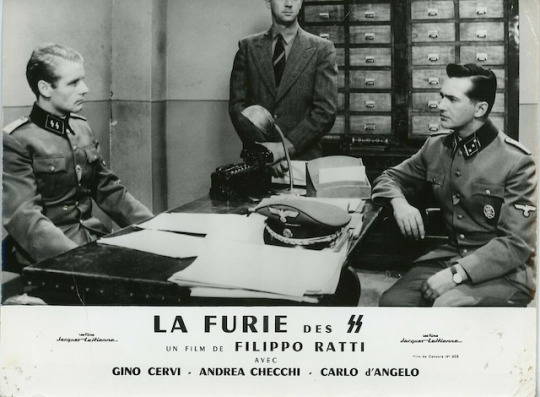
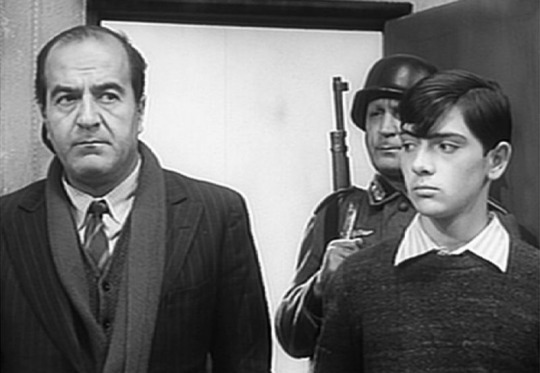
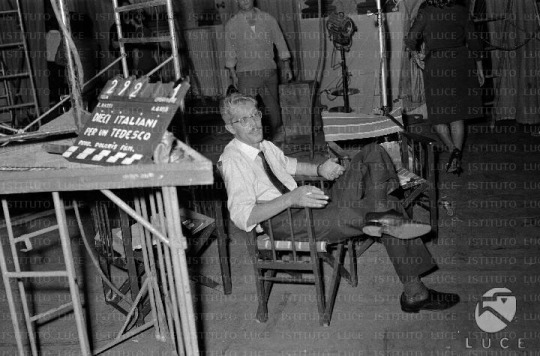


Dieci Italiani Per Un Tedesco Via Rasella
Diretto da Filippo Ratti
#dieci italiani per un tedesco#10 italiani per un tedesco#filippo ratti#cristina gaioni#cristina gajoni#gino cervi#giallofever#giallo#giallo fever#gialli#italian giallo#italian cult#cinema cult#cult#international cult#war movie#war movies
6 notes
·
View notes
Text

Becket (1964)





#Richard Burton#Peter O'Toole#John Gielgud#Paolo Stoppa#Donald Wolfit#Pamela Brown#Siân Phillips#Felix Aylmer#Gino Cervi#tcm
2 notes
·
View notes
Text
3 gennaio … ricordiamo …
3 gennaio … ricordiamo … #semprevivineiricordi #nomidaricordare #personaggiimportanti #perfettamentechic
2024: Germana Dominici, attrice, doppiatrice e direttrice del doppiaggio italiana. Figlia dell’attore Arturo Dominici, iniziò la sua carriera nella C.D. negli anni sessanta, per poi diventare socia del Gruppo Trenta nel 1982. Nel 2012 si ritirò dall’attività artistica. Era la moglie del produttore cinematografico Enrico Bomba, con il quale ebbe la figlia Federica, anche lei doppiatrice. Era…
#3 gennaio#3 gennaio morti#Agnese Mancinelli#Alicia Rhett#Carlo Ludovico Bragaglia#Cristina Grado#Diana Dei#Emil Jannings#Franco Ciani#Germana Dominici#Giana Galisa#Gino Cervi#Jack Pickford#Jack Smith#Jay Wolpert#Jean Donahue#Jean Wilkes#Jean Willes#Jean Willis#John Charles Smith#Johnny Pickford#Luigi Cervi#Marie Eline#Mario Lanfranchi#Martin Patterson Hingle#Morti 3 gennaio#Morti oggi#Olga San Juan#Pat Hingle#Quinto Parmeggiani
0 notes
Text
Sto guardando "Maigret e la ragazza sconparsa" con Bruno Cremer e, per quanto Gino Cervi resti sempre Gino Cervi, anche Cremer non lo trovo male. Anzi, lo sto rivalutando.
1 note
·
View note
Video
Virna Lisi by Truus, Bob & Jan too! Via Flickr: Italian postcard by Rotalcolor / Rotalfoto, Milano, no. N 63. Seductive Italian actress Virna Lisi (1936-2014) appeared in more than 100 film and TV productions and was internationally best known as a tempting blue-eyed blonde in Hollywood productions of the 1960s. But she proved to be more than a pretty face. Later she had a career Renaissance with three-dimensional character parts in various Italian and French. A triumph was her portrayal of a malevolent Catherine de Medici in La Reine Margot (1994) for which she won both the David di Donatello and the César awards. Virna Lisi was born as Virna Lisa Pieralisi in Ancona, Italy in 1936. Her brother, Ubaldo, later became a talent agent. Her sister was actress Esperia Pieralisi. Virna began her film career as a teenager. Two Neapolitan producers (Antonio Ferrigno and Ettore Pesce) discovered her in Paris. Her debut was in La corda d'acciaio/The Line of Steel (Carlo Borghesio, 1953-1958). Initially, she did musical films, like in E Napoli canta/Napoli Sings (Armando Grottini, 1953) and the successful four-episode film Questa è la vita/Such is Life (Luigi Zampa a.o., 1954), with the popular Totò. Her looks were more valued than her talent in some of her early films, like in Le diciottenni/Eighteen Year Olds (Mario Mattoli, 1955) with Marisa Allasio, and Lo scapolo/The Bachelor (Antonio Pietrangeli, 1955) with Alberto Sordi. She incarnated more demanding roles in Il cardinale Lambertini/Cardinal Lambertini (Giorgio Pastina, 1954) opposite Gino Cervi, La Donna del Giorno/The Doll That Took the Town (Francesco Maselli, 1956), the Peplum Romolo e Remo/Duel of the Titans (Sergio Corbucci, 1961) featuring musclemen Steve Reeves and Gordon Scott as the two legendary brothers, and Eva/Eve (Joseph Losey, 1962) starring Jeanne Moreau. In the late 1950s, Lisi played on stage at the Piccolo Teatro di Milano, and appeared in 'I giacobini' by Federico Zardi, under the direction of Giorgio Strehler. During the 1960s, Lisi played in stage comedies and she also participated in some very popular dramatic television productions. On TV, she also promoted a toothpaste brand, with a slogan which would become a catchphrase amongst the Italians: "con quella bocca può dire ciò che vuole" (with such a mouth, she can say whatever she wants). In the 1960s, Hollywood producers were looking for a successor to Marilyn Monroe and so Virna Lisi made a dent in Hollywood comedies as a tempting blue-eyed blonde. She first starred opposite Jack Lemmon in George Axelrod’s satirical How to Murder Your Wife (Richard Quine, 1965). At IMDb, reviewer Mdantonio takes his hat off for her performance: “What most everyone fails to mention in the comments is the incredible skill of Virna Lisi. She is a natural mixing it up with Lemmon, (Claire) Trevor and the other veterans like she had been making movies for years. I have watched many movies in my day and I must say that Virna Lisi is right at the top, not only in beauty and sexuality but in carrying her role as good as anyone else could have. Ms. Lisi, my hat is off to you.” She also gained attention with the March 1965 cover of Esquire magazine on which she was shaving her face. The following year she appeared in another comedy, Not with My Wife, You Don't! (Norman Panama, 1966), now with Tony Curtis. She also starred with Frank Sinatra in Assault on a Queen (Jack Donohue. 1966), with Rod Steiger in La Ragazza e il Generale/The Girl and the General (Pasquale Festa Campanile, 1967), and twice with Anthony Quinn, in the war drama La vingt-cinquième heure/The 25th Hour (Henri Verneuil, 1967), and The Secret of Santa Vittoria (Stanley Kramer, 1969). To overcome her typecasting as a sexy, seductive woman, Lisi sought new types of roles and found these in such Italian comedies as Le bambole/Four Kinds of Love (Dino Risi a.o., 1965), Signore & signori/The Birds, the Bees and the Italians (Pietro Germi, 1966) and Le dolci signore/Anyone Can Play (Luigi Zampa, 1968), and Roma bene (Carlo Lizzani, 1971) with Senta Berger. At AllMovie, Robert Firsching reviews Signore & signori: “Pietro Germi's funny anthology combines the standard sex comedy format with some unexpectedly subtle observations about village life. The film centers on three stories exposing the sexual secrets of the Italian town of Treviso. (...) Signore e Signori won the Best Film award at the 1966 Cannes Film Festival.” In the early 1970s, Virna Lisi decided to focus on her family, husband Franco Pesci and her son Corrado, born in 1962. In the later 1970s, she had a career renaissance with a series of major Italian films, including the Nietzsche biography Al di là del bene e del male/Beyond Good and Evil (Liliana Cavani, 1977) starring Dominique Sanda, Ernesto (Salvatore Samperi, 1979), La cicala/The Cricket (Alberto Lattuada, 1980), and I ragazzi di via Panisperna/The Boys of the Via Panisperna (Gianni Amelio, 1989) with Andrea Prodan and Mario Adorf. Prodan’s brother Luca is the singer of an Argentinean band, which later made a song for Lisi. A Brazilian rock band, Virna Lisi, is even named after her. Her greatest triumph was the French film La Reine Margot (Patrice Chéreau, 1994) in which Lisi played a malevolent Catherine de Medici, ordering assaults, poisonings, and instigations of incest. Karl Williams writes at AllMovie about the film: “The historical novel by Alexandre Dumas was adapted for the screen with this lavish French epic, winner of 5 Césars and a pair of awards at the Cannes Film Festival. Isabelle Adjani stars as Marguerite de Valois, better known as Margot, daughter of scheming Catholic power player Catherine de Medici (Virna Lisi).” For her magnificent portrayal, Lisi won not only the César and Best Actress award in Cannes but also the David di Donatello award, the Italian equivalent of the Oscar. From the late 1990s on, she did several successful dramatic TV productions, including L'onore e il rispetto/Honour and Respect (Salvatore Samperi, 2006) with Gabriel Garko and Giancarlo Giannini. In 2002, Lisi starred in Il più bel giorno della mia vita/The Best Day of My Life (Cristina Comencini, and her final film was Latin Lover (Cristina Comencini, 2015), which was posthumously released. In 2014, she passed away in Rome at the age of 78. Virna Lisi was married to architect Franco Pesci and they had three grandchildren: Franco, Federico and Riccardo. Sources: Hal Erickson (AllMovie), Gary Brumburgh (IMDb), Glamour Girls of the Silver Screen, Wikipedia and IMDb. And, please check out our blog European Film Star Postcards.
#Virna Lisi#Virna#Lisi#Italian#Actress#European#Film Star#Film#Cinema#Cine#Kino#Picture#Screen#Movie#Movies#Filmster#Star#Vintage#Postcard#Rotalcolor#Rotalfoto#flickr
4 notes
·
View notes
Text

Gino Cervi-Sylva Koscina "La batalla de Siracusa" (L´assedio di Siracusa) 1960, de Pietro Francisci.
7 notes
·
View notes
Photo

Source: the San Bernardine Sun, 25 December 1978 Wild to learn about the reach of the March/Laughton film from ‘35. Also this article is so funny to me because they can no longer just say Cosette, Fantine, or Marius and assume that the reader knows who they mean so they end up saying Valjean’s ward, Valjean’s ward’s mother, and Valjean’s ward’s lover and other round about things. Also I read in a later article that the program “drew 38 percent of the national audience, according to the Neilsen ratings, and was the week's highest-rated special.” But overall it was ninth in the week for ratings, tied with a rerun of MASH.
HOLLYWOOD — If Victor Hugo was alive today he'd be one of the most sought-after writers by television network presidents. His stories contain all the elements deemed necessary to make a film or series successful. Most notable example is Hugo's "Les Miserables," written in 1862. Inspired by the French people seeking freedom from oppression, he wrote the now-classic tale of an impoverished man, Jean Valjean, who steals a loaf of bread to feed his starving family, and that act of survival sets off a chain reaction that includes drama, adventure, jeopardy, love, hatred and, above all, the action of the chase. CBS has picked the middle of what is usually considered an "off-week," the period between Christmas and New Year's Day when people are too preoccupied with holiday festivities to watch TV, to show the latest version of "Les Miserables," the Norman Rosemont Production in association with ITC Entertainment which occupies all three hours of CBS' prime-time programming Wednesday. It's CBS' gift-wrapped treat amid the rubble of reruns. The family that takes time out to relax from Yuletide activities will thoroughly enjoy a class production filmed in France and England in authentic surroundings that look as though no stone has been dislodged from its place since Hugo described its locale in his drama. Richard Jordan portrays Valjean, whose life is to be dogged by his obsessed pursuer, Inspector Javert, played by Anthony Perkins. As with his other revivals of the classics, "The Count of Monte Cristo," "The Man in the Iron Mask" and "The Four Feathers," all produced for both TV and theatrical release, Norman Rosemont has populated the cast with distinguished veteran actors. In his last performance, Claude Dauphin, who died recently, is seen as the kindly bishop who befriends Valjean. Sir John Gielgud is an elderly aristocrat. Celia Johnson is Valjean's housekeeper. Flora Robson is the head of a convent. Cyril Cusak is the convent's groundskeeper who provides brief refuge for the prison-escaping Valjean. Ian Holm is a greedy innkeeper. Joyce Redman is the bishop's housekeeper.
Two young British newcomers, Caroline Langrishe and Christopher Guard, were chosen to play Valjean's pretty ward and the grandson of Gielgud. And Angela Pleasance is the beggar woman who further impedes Valjean's escape by entrusting her daughter (Langrishe) to his care.
Of the many films on Hugo's classic (Jean Gavin as Valjean in the 1952 French movie; Gino Cervi in a 1943 Italian feature; Michael Rennie in a 1952 TV kinescope), the 1952 Warner Bros, movie with Frederic March and Charles Laughton is best remembered.
Who can forget Laughton's Javert, having finally cornered Valjean (March) in a Paris sewer after his three-decade pursuit, shouting "The law is the law!" although, he, like Valjean, is aged and weary of this senseless pursuit. Did the specter of Laughton's dominating performance lurk in the background of this 1978 version? "No, not really," replied Glenn Jordan, who directed the $3 million production. "I saw the Laughton version twice and found very little I could use. One of the few things I thought interesting and useful was that Laughton played an eccentric. So I had Tony play it eccentrically, but in an entirely different way.
"Laughton was always Laughton in the end, not the characters he portrayed. I felt it was important to be the character Hugo intended because, after all, a lot of people have never seen those other versions or ever read the book."
[Glenn] Jordan, who won an Emmy for the Ben Franklin specials on TV, among other citations for notable TV and stage productions, says that [Richard] Jordan, who first gained attention in TV's "The Captains and the Kings," and Perkins are much closer to the characters Hugo described in his lengthy novel. "I remember March and Laughton as being too old for their roles. They didn't really age as much as people would in real life, especially people who went through what they did. We assume Hugo's characters were about the same age in the beginning. The imprisonment period is 20 years, then a jump of five years passes, then it's 10 years more. [Really? March is such a young Jean Valjean] "That's why it was important to cast young men who could age (via make-up and character change), rather than start out with older actors in those roles." Redoing the classics has bothered some purists who prefer to let the original versions stand on their merits. But Glenn Jordan has valid reasons for remaking a classic such as this. "The social problems of poverty and justice vs. justice, these are things, I think that are self-explanatory," he said. "But the human problems, the relations between the people are the most interesting because, it seems to me, that when you redo a classic you have to make it vivid for today's audience. "When you see older versions of such stories they are very much versions of their time and reflect the thinking of their time, including the style in which they were done." By PAUL HENMGER Gannett News Service
11 notes
·
View notes
Text
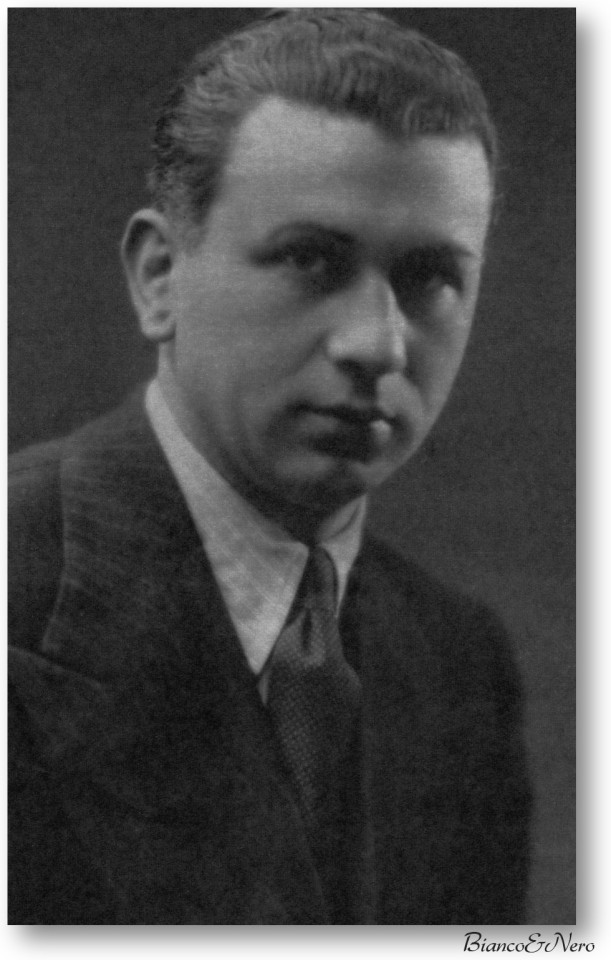
'Entrai in arte elegantissimo. Nessuno possedeva un guardaroba come il mio' . Bologna, 1924: Gino Cervi all'epoca in cui fu scritturato dalla compagnia di Alda Borelli, iniziando la sua carriera di attore.
4 notes
·
View notes
